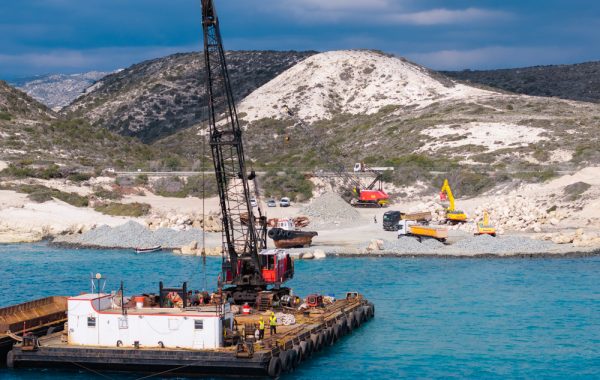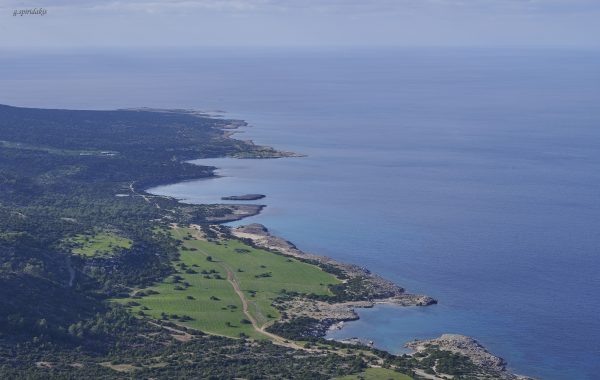News of the Ministerial Council approving a framework for financial support of a solar-thermal park in Alassa from the State should have been welcoming. Especially because climate change is one of the most significant threats facing our planet today and renewable energy is part of the answer to this problem.
It could have been welcoming news, had this park not been adjacent to ‘Limnatis Valley’ Natura 2000 site designated as a protected area for a number of wild birds, and especially the Griffon Vulture (Gyps fulvus), and had studies and procedures required by law were followed before licensing and financially supporting it.
Specifically, no Appropriate Assessment was conducted, that is to say, an impact assessment on the Natura 2000 site and the species for which it was designated, as required by Cyprus legislation and the European Nature Directives. In other words, the impact that the park may have on birds and especially the Griffon Vultures and their survival efforts was not evaluated. Such an assessment should have also taken into account vegetation clearing on such an expanse and the permanent change in the geomorphology of the area, as well as studies that show how solar-thermal mirrors can act as deadly rays for birds, burning them in flight.
Limnatis is one of the three sites where Griffon Vultures have been recorded nesting in recent years. The population of Griffon Vultures in Cyprus is at an extreme low, having reached 10 individuals in 2012, now numbering just 20 individuals following conservation measures including the European-funded Project ‘GYPAS’.
Additional to its close proximity to the Natura 2000 site, the solar-thermal park is also located 600-700 metres from a feeder that was built under the GYPAS project, which provides supplementary feeding to Griffon Vultures.
The 50 MW solar-thermal park will be covering an area of 850,000m², approximately the size of 120 football fields. For its construction 2,400,000m3will be required, that is equal to a dam larger in capacity than, for example, that of Xyliatos. It will include the installation of 300 towers, each surrounded by an area of 2,400m² made up of 110 mirrors.
While the Alassa solar-thermal park puts ‘Limantis Valley’ and the vultures at risk, it was only recently that a wind-farm within ‘Koshi-Pallourokampos’ Natura 2000 site received an environmental permit, ignoring its impact on the Long-Legged Buzzard (Buteo rufinus) and the Ministerial Decree banning wind-farms in Natura 2000 sites. Moreover, a green light was given to a solar park in Akrotiri, adversely affecting two raptor species, the Eleonora’s Falcon (Falco eleonorae) and the Red-Footed Falcon (Falco vespertinus).
Combined with the hundreds of applications for solar parks in valuable agricultural areas and areas of high biodiversity value, it seems that the State’s renewable energy policies are geared against birds of prey and biodiversity in general.
Ten years after the construction of the Oreites wind-farm within ‘Ha Potami’ Natura 2000 site and the impact this project has had on birds of prey, including the Griffon Vulture, which the European Commission has also been concerned about, it appears that Cyprus has failed to learn from its mistakes and find the way to make “green” energy truly green.




